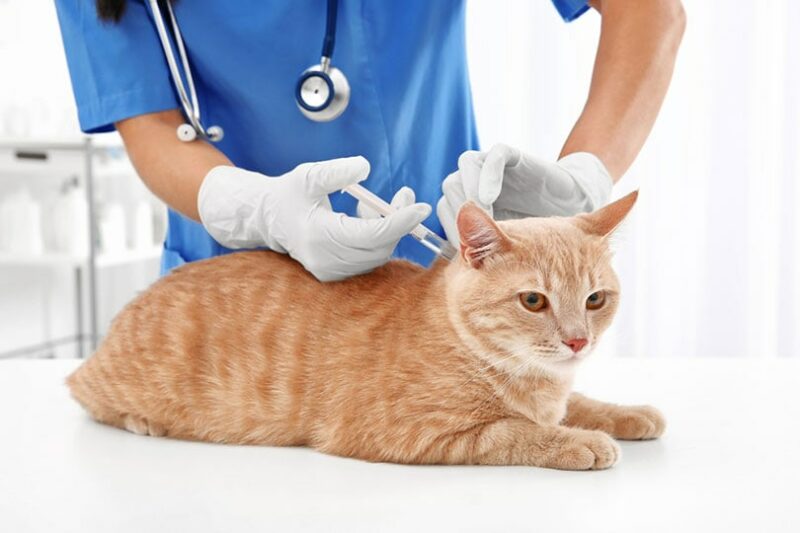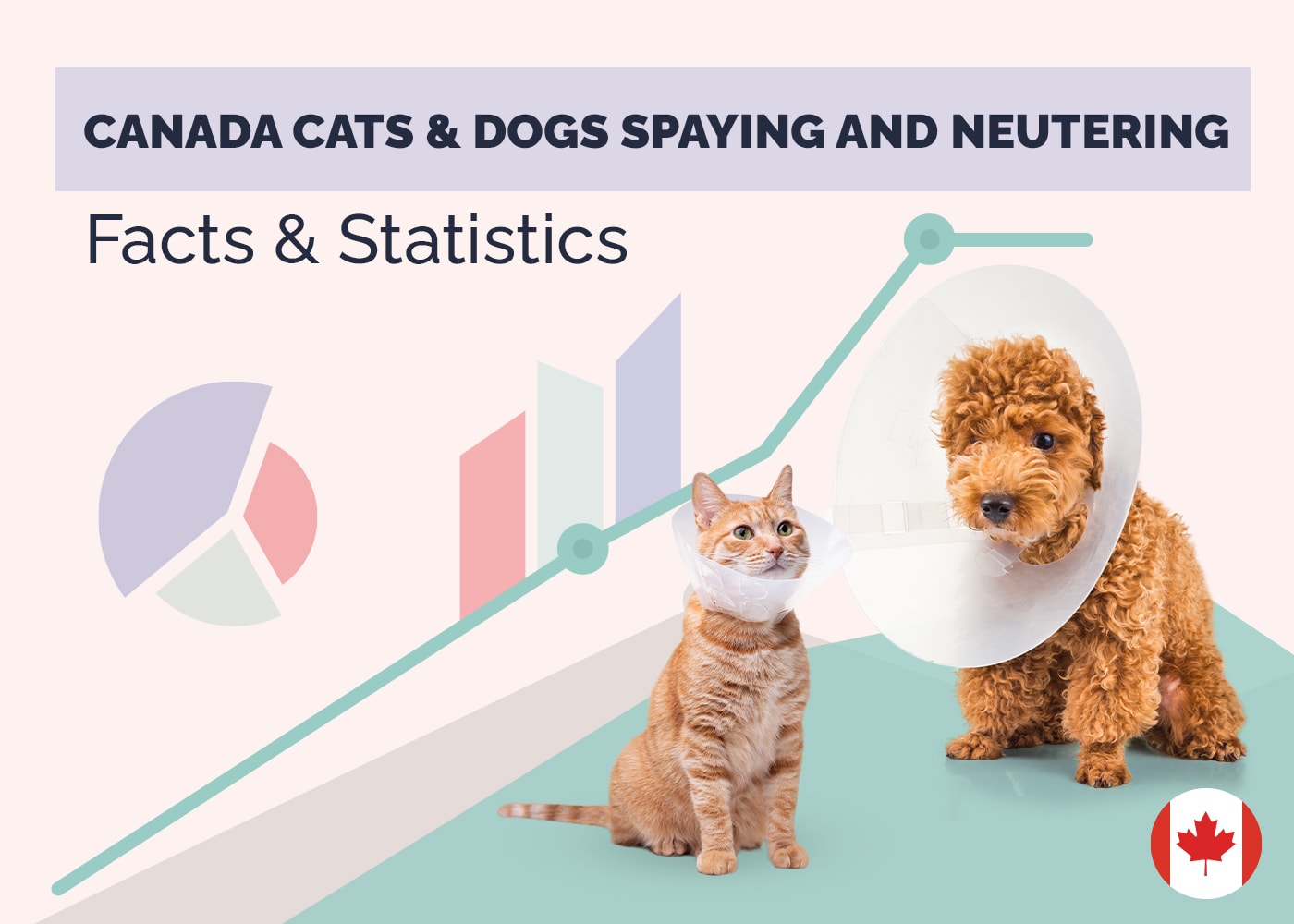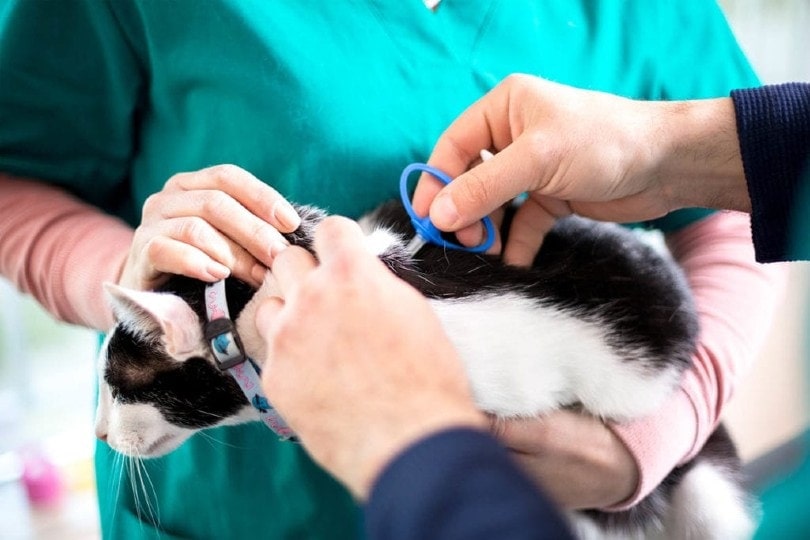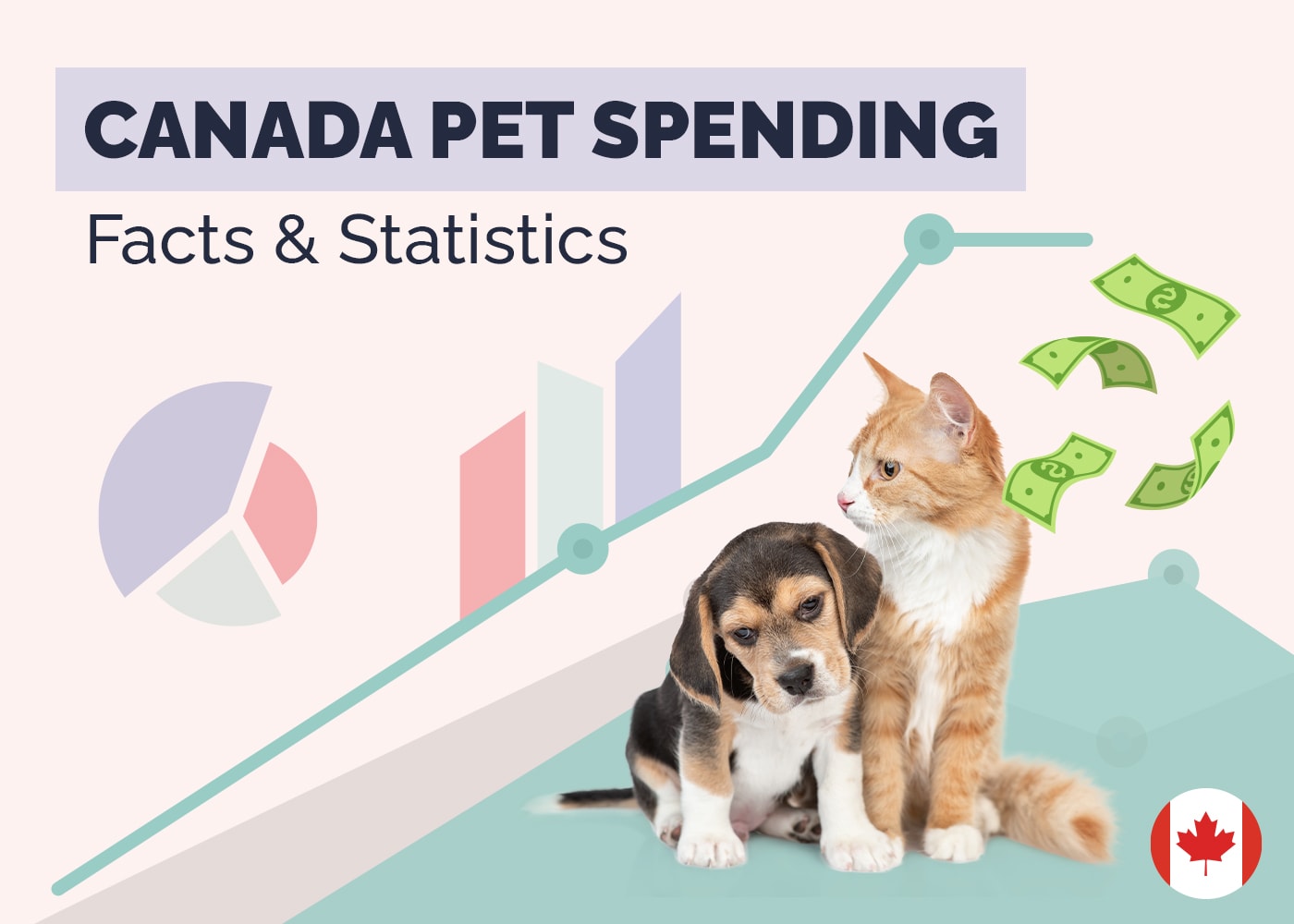How Do I Get a Pet Passport in Canada? Step-by-Step Guide
Updated on
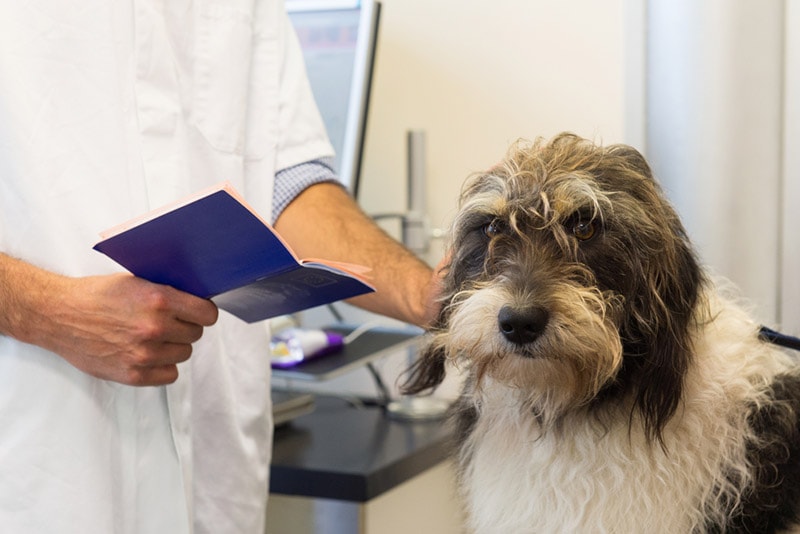
A pet passport is something that you will need when you travel and regularly bring your pet with you. Now, when we mention “passport,” do not take this term literally. In Canada, there is currently no actual document with your pet’s picture, birthday, and stamps to prove where they traveled. This is more a term used to refer to a pet’s health record, and any other necessary document animals may need to travel in and out of Canada. This includes things like proof of the rabies vaccine, deworming, routine vaccines, and more.
Continue reading for a step-by-step guide on how you obtain a pet passport in Canada.
Before You Start: Preparation
If you are ready to apply for your pet’s travel documents, be sure to keep a few key things in mind.
- You will need to research pet travel requirements specifically for the country you are traveling to and from. This is commonly referred to as a Health Certificate that is completed by a certified veterinarian. For example, Canadian domestic travel requires different documentation for pets than in Europe or South Africa.
- It’s important to be prepared for successful and smooth travel so that you and your pet avoid any negative situations.
How to Get a Canadian Pet Passport in 3 Steps
1. Research Your Destination Country

You must research travel requirements for your pet before you embark on your journey. This goes for both domestic and international travel. If traveling within Canada and out-of-province, you will need to investigate that specific province’s requirements. There may be a difference between requirements and guidelines for traveling with pets to and from Ontario compared to places such as British Colombia. Smaller provinces with smaller airlines may also have different requirements, like Northwest Territories or Prince Edward Island.
A simple Google search or phone call to the information station in these domestic provinces will provide the right information when traveling with your pet. Also, because veterinary practices can vary between provinces (especially countries), proper documentation might differ. In Ontario, you obtain a Health Certificate for your animal that basically gives them a ‘good-to-go’ by your veterinarian that they are safe to travel.
2. Review Requirements for Your Specific Pet or Breed

This is the next important step in obtaining a pet passport in Canada: reviewing what exactly needs to be included for your specific pet. What this means is that some Canadian provinces or international countries may have specific breeds banned (i.e., Bull Terriers, Pit Bulls, and Staffordshire Terriers are banned in some Canadian provinces). While some may be completely banned, other pet breeds may have different restrictions, such as only being able to fly in a separate compartment of the plane rather than at your seat for other passengers’ safety.
In addition, there is another possible requirement that may be applied depending on the pet you have. For example, if you’re traveling with an amphibian (fish, lizard, gecko, etc.), there will be different restrictions and rules compared to traveling with a service animal or common pets like dogs and cats. Again, ensure you know exactly which countries/provinces/cities require which documents before traveling.
3. Visit Your Veterinarian
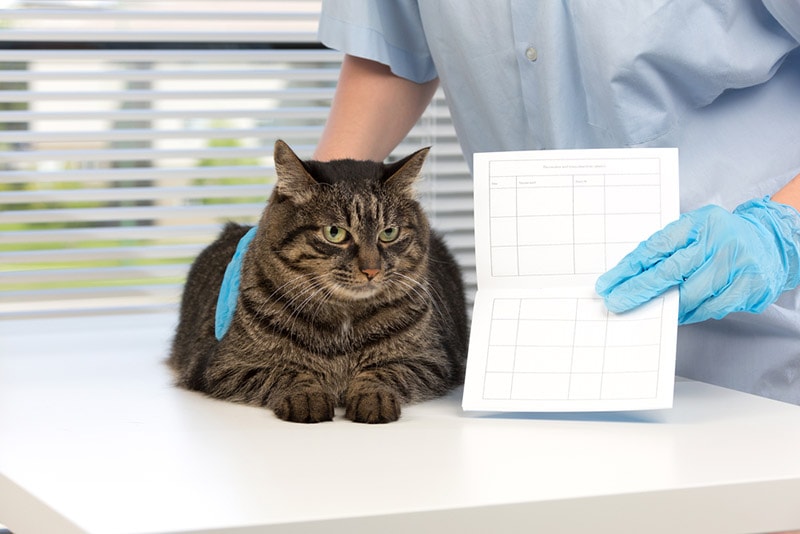
The next step in obtaining a pet passport in Canada is to visit your veterinarian. This is the most important step as it will generally result in a physical travel document certified by a licensed veterinarian that states your pet is healthy and has no communicable diseases or ailments. In Canada, this is referred to as a Health Certificate, which can easily be printed off the Canadian government website. It will include necessary information about your pet, such as proof of ownership, a list of recent vaccinations, deworming, or other health-related results.
Usually, this process involves one or more vet visits or consultations that will review your pet’s health in full. It may also require updated shots or vaccines before your vet can approve their Health Certificate. Once complete, the vet will sign off on it, stating your pet is healthy for travel, and you will be required to show this when you travel.
In Conclusion
To summarize, obtaining a Health Certificate (“pet passport”) in Canada is relatively simple and low-cost if you regularly keep your pet’s health up to date anyway. It is an online printed document that provides you with all you need to review with your veterinarian to ensure your pet and everyone else is safe while you travel. Remember, these types of documents and specific health updates may be mandatory depending on where you’re going.
If you do the proper research into which country you are traveling to and what they require, you should expect an easy and enjoyable trip for both you and your pet!
See Also: How Do I Get a Pet Passport in the US? 6 Simple Steps
Featured Image Credit: Ivonne Wierink, Shutterstock

